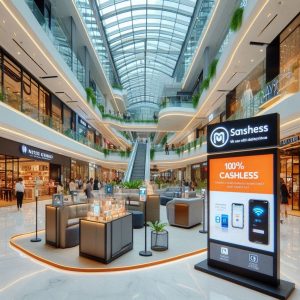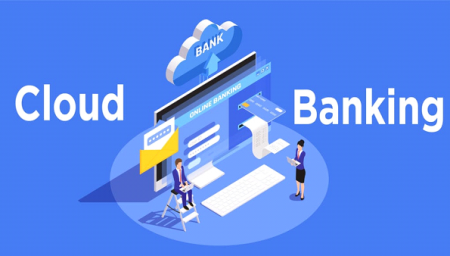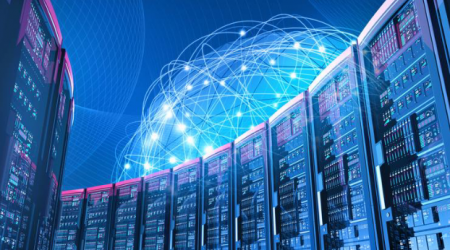Dinesh Elumalai recaps the development of gaming and the many momentous events that shaped its current iteration
Since its commercial inception as an oddity of technology at a science fair in the 1950s, gaming has grown into one of the most lucrative entertainment sectors in the world.
Gaming has evolved since the first game was created in the 1950s.
Gaming is an equally important form of entertainment, in addition to movies, music, and other artistic forms.
In addition to being childhood favourites of ours, games like Contra, Pac-Man, Super Mario World, and Sonic the Hedgehog continue to be popular among children of this generation.
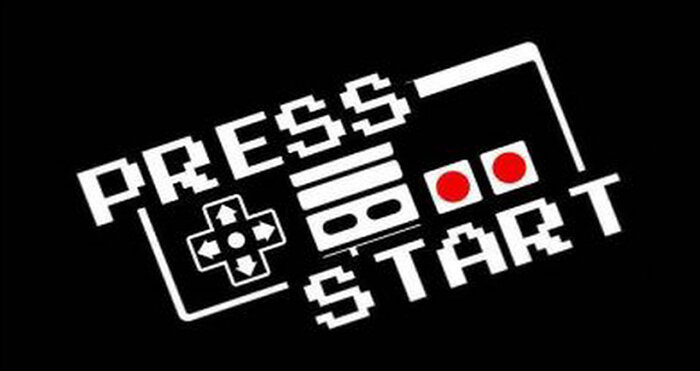
Earlier Years
However, it took Ralph Baer and his team until 1967 to release their “Brown Box” prototype as the first game console intended for widespread commercial home use.
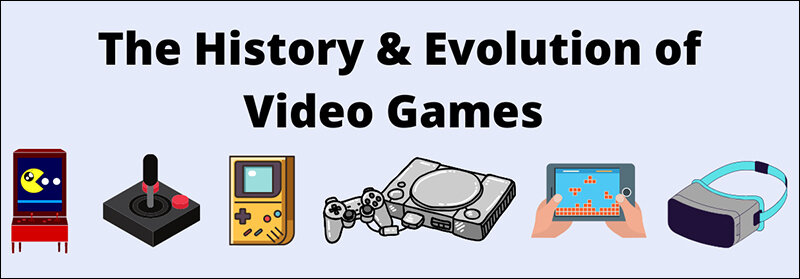
Two users could control cubes that chased each other on the screen using the “Brown Box,” a vacuum tube circuit that could be connected to a television. Ping pong, checkers, and four different sports games, among others, could be played on the “Brown Box.”. A light gun for a target shooting game and a special attachment for a golf putting game were added accessories using innovative technology for the time.
The moment we played ping-pong, we knew we had a product, Baer recalled, according to the National Museum of American History. Before that, we were not entirely certain.

A 50+ year milestone in gaming
- The Pre-Crash Era, 1970–1983.
Atari was available initially. The first video game prototypes were created in laboratories in the 1960s, but the industry’s growth was attributed to Atari’s release of Pong in 1972.
The table tennis game in the arcade became popular, attracting players and businesses that started making their own imitations. Like Pong, Atari sold a version of the game for home consoles in 1975. Later, in 1977, the company released its own home console, the Atari 2600, which went on to become the first to sell more than a million units.
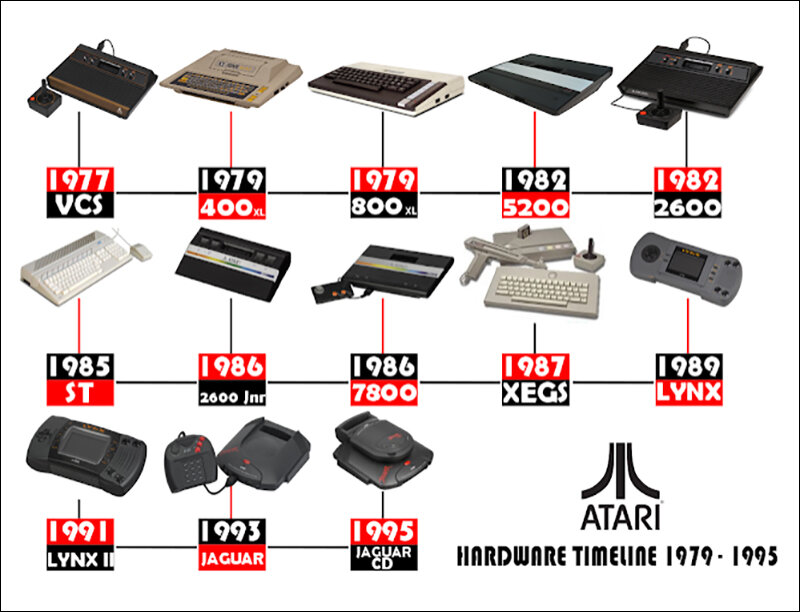
The arcade market quickly reached a plateau. The market had declined because there were too many Pong knockoffs, but Space Invaders’ 1978 release resurrected it.
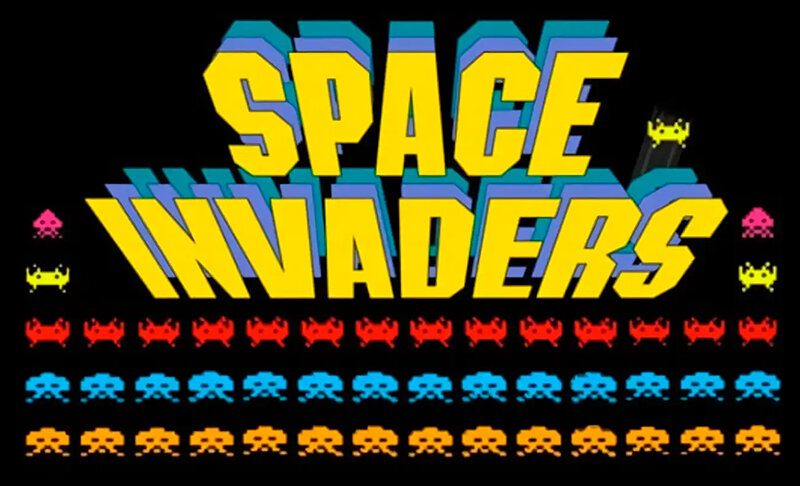
As arcade machines spread throughout the country, new franchises like Pac-Man and Donkey Kong fuelled further expansion. Arcades had already surpassed the pop music industry and the box office in terms of revenue by 1982.
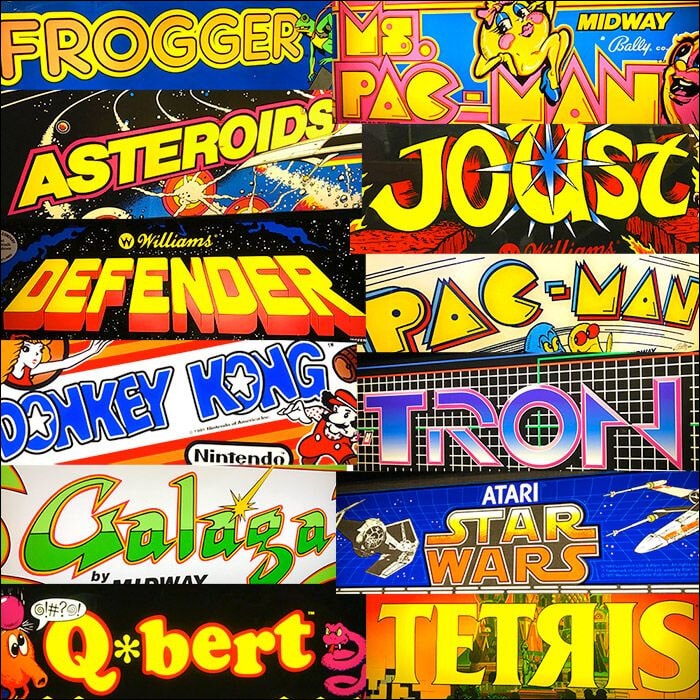
The Tech Advancement Race, 1985–2000
Unfortunately, the gaming sector expanded too quickly for stability.
Atari licenced extremely expensive ports of Pac-Man and an E.T. the Extra-Terrestrial video game to tap into the expanding home console market. They cost the company millions in returns and even more in brand damage because they were rushed to market, released in subpar condition, and caused.
It was a sign of the technological race that would come to characterise this period in gaming history. Nintendo would later launch the Nintendo Entertainment System (NES) home console in 1985 (marketed as the Famicom in Japan), putting an emphasis on high-caliber games and persistent advertising to win back the market.
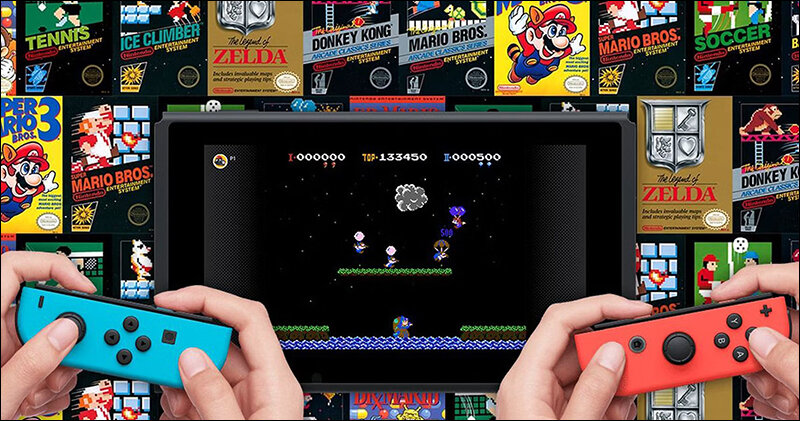
The enormous success of the NES helped to revive the console market thanks to titles like Duck Hunt, Excitebike, and Super Mario Bros.
With the introduction of the Game Boy handheld and the Super Nintendo Entertainment System, Nintendo aimed to maintain its leadership in the industry. Other rivals intervened at the same time to defeat them at their own game.
Sega, an arcade company, entered the market in 1988 with the Sega Mega Drive console (known as the Genesis in North America) and later the Game Gear handheld, emphasising processing power in its marketing.
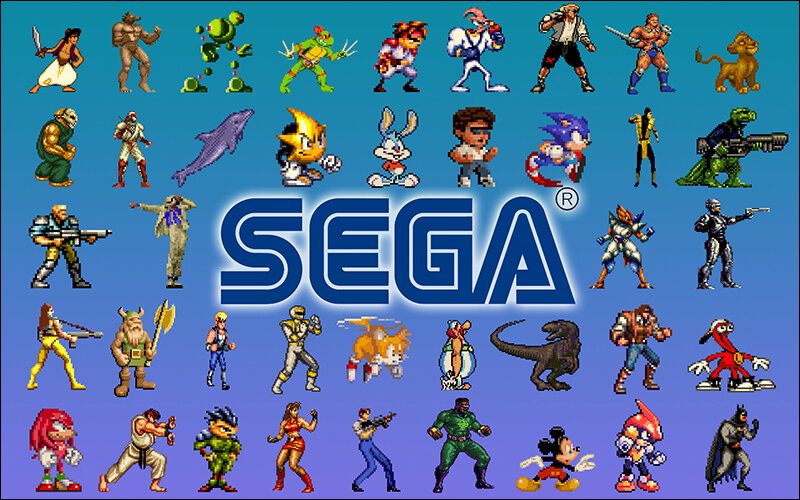
To increase storage capacity for individual games, Sony, a maker of electronics, introduced the PlayStation in 1994. It became the first console in history to sell more than 100 million units, and the PlayStation 2 (DVDs) and PlayStation 3 would continue the emphasis on software formats (Blu-rays).
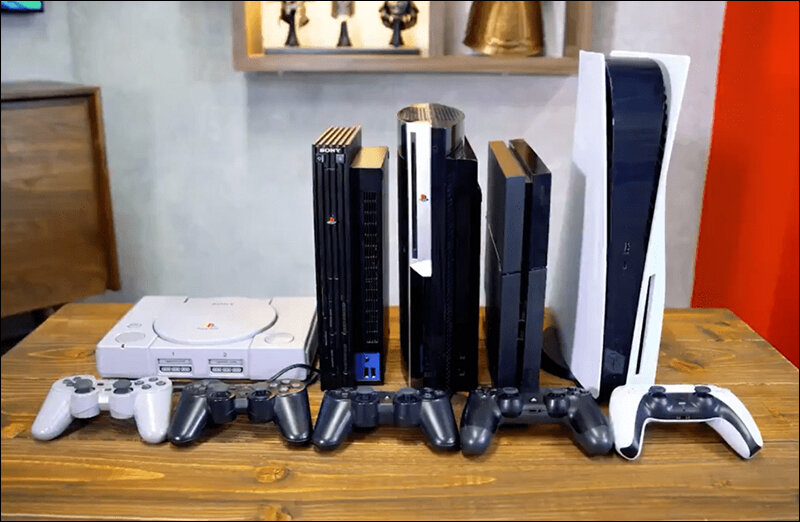
Even Microsoft acknowledged the value of gaming on personal computers and created the DirectX API to help with game programming. The Xbox, the company’s entry into the console market, would carry that “X” branding.
The Online Boom, 2001–the Present
However, it was the growth of the internet and mobile that increased the gaming industry’s revenue from tens of billions to hundreds of billions.
The viability of subscription and freemium services served as a primer. In 2001, Microsoft launched the Xbox Live online gaming service. It offered players access to voice chat and multiplayer matchmaking services in exchange for a monthly subscription fee, and it quickly gained popularity among consumers.
With the 2004 release of World of Warcraft on PCs, Blizzard entered the Massive Multiplayer Online (MMO) subscription market, reaching a peak of more than 14 million monthly paying subscribers.
Sify Technologies – ICT Service Provider
Businesses saw a future in mobile gaming but were unable to capitalise on it. With updated Game Boy consoles, Nintendo maintained its hold on the portable market while Nokia and BlackBerry experimented with adding game apps to their phones.
Nevertheless, it was Apple‘s iPhone that made the shift to mobile gaming inevitable. The company opened the door for app developers to produce free, paid, and pay-per-feature games catered to a mass market with the launch of the App Store for its smartphones (Google’s own Android device store was close behind).
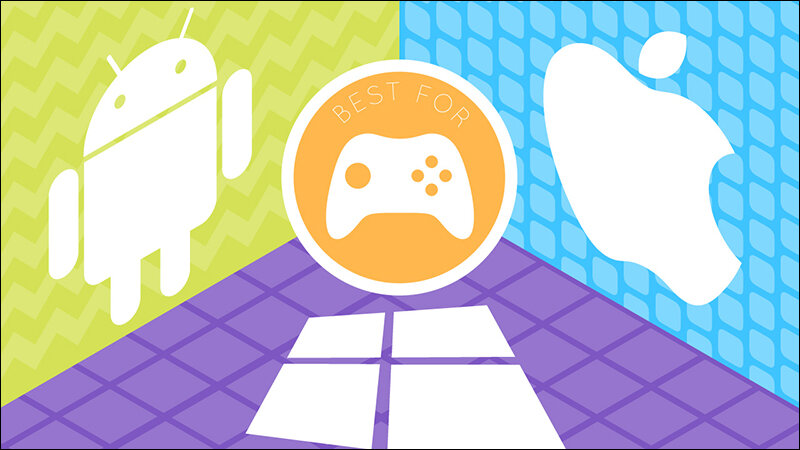
Even as they continue to create new consoles, console manufacturers like Microsoft and Sony are launching cloud-based subscription services. Meanwhile, Google and Amazon are launching their own services that are compatible with mobile devices and other platforms.
Companies are aiming for as much of the market as they can after seeing the success that games like Pokémon Go had on smartphones, exceeding $1 billion in annual revenue, and Grand Theft Auto V’s record-breaking haul of $1 billion in three days.

They are on the right track, as evidenced by the growth of smartphones, social media games, and streaming services. In 2020, there will be more than 2.7 billion gamers worldwide, and how they decide to spend their money will continue to influence the development of gaming.
Gaming in 2025 will look very different from what it does now, if the changes that have taken place over the past century are any indication. Even though since its debut in 2011, Angry Birds has become a household name, it is unlikely that it will be compared favourably to Space Invaders or Pong. Throughout its development, gaming has seen several trends come and go before being entirely supplanted by a different technology. Although the future of gaming is still unknown, it will undoubtedly be entertaining.
AR Gaming
Today, thanks to the quick development of technology, AR gaming is not just a myth but a real possibility. PokemonGo makes this very clear to us. The entire process has become more interactive and livelier with the introduction of augmented reality games. The demons you previously battled have grown more animated, and you may now feel as though they are speaking directly to you.
Interesting, augmented games are available on platforms like PlayStation and Wii, where players can participate and control the game’s movements and actions with their own physiological activities. Nowadays, augmented reality is mostly relevant in games that involve sports, shooting, or combat.

The game industry has benefited from augmented reality and virtual reality, and game developers enjoy creating each and every entertaining game. And according to researchers, AR and VR are the real future of the gaming sector.
For the erratic millennials, AugRay offers a variety of AR gaming solutions that eliminate all the hassle of developing AR games and keeping them updated.
A Final Word
Over the years, there have been many changes in the gaming industry. Technology has changed gaming in line with this development, and every change brings something fresh to amaze players. Online gaming has made the gaming community into its own social universe. With the advent of AR and VR, the market for mobile games and online gaming has experienced significant growth.
